|
I am a 2nd year Ph.D. student in the Computer Science department at Johns Hopkins University, where I am a member of VIU lab, advised by Dr.Vishal Patel. My research focuses on computer vision and its applications in face analysis, understanding, and recognition, with a particular emphasis on multimodal LLMs and generation. Prior to my doctoral studies, I worked as an undergraduate researcher under Prof. Richa Singh and Prof. Mayank Vatsa at the Image Analysis and Biometrics (IAB) Lab, IIT Jodhpur, where I worked on deepfake video generation. During my time at IIT Jodhpur, I also collaborated with Dr. Suman Kundu and Dr. Suchetana Chakraborty. Additionally, I interned at the University of Texas, San Antonio, where I worked with Dr. Heena Rathore and Dr. Faycal Znidi. |

|
|
My research primarily focuses on computer vision and its applications in face analysis, understanding, and recognition, with the goal of developing robust open-world algorithms that can be deployed for real-world impact. My specific research interests include multimodal LLMs and video generation. My current work focuses on MLLM agents, reasoning, and video generation. I have authored multiple first-author papers in top conferences like CVPR, ICCV, AAAI. |
|
|
|
See my Google
Scholar profile for the complete and most recent publications. |
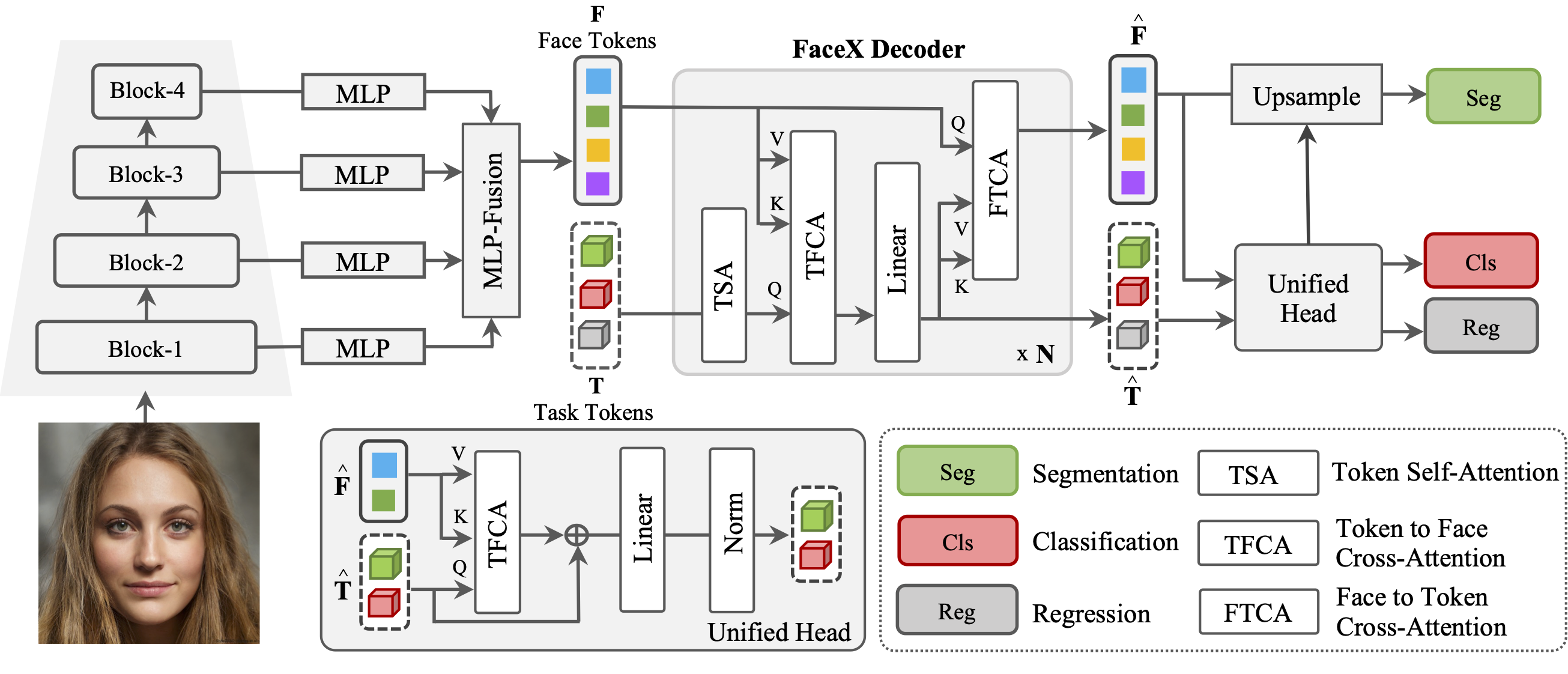
|
Kartik Narayan, Vibashan VS, Rama Chellappa, Vishal M. Patel ICCV 2025 arXiv / project / code (263 ⭐) |

|
Kartik Narayan, Vibashan VS, Vishal M. Patel AAAI 2025 arXiv / project / code (69 ⭐) |
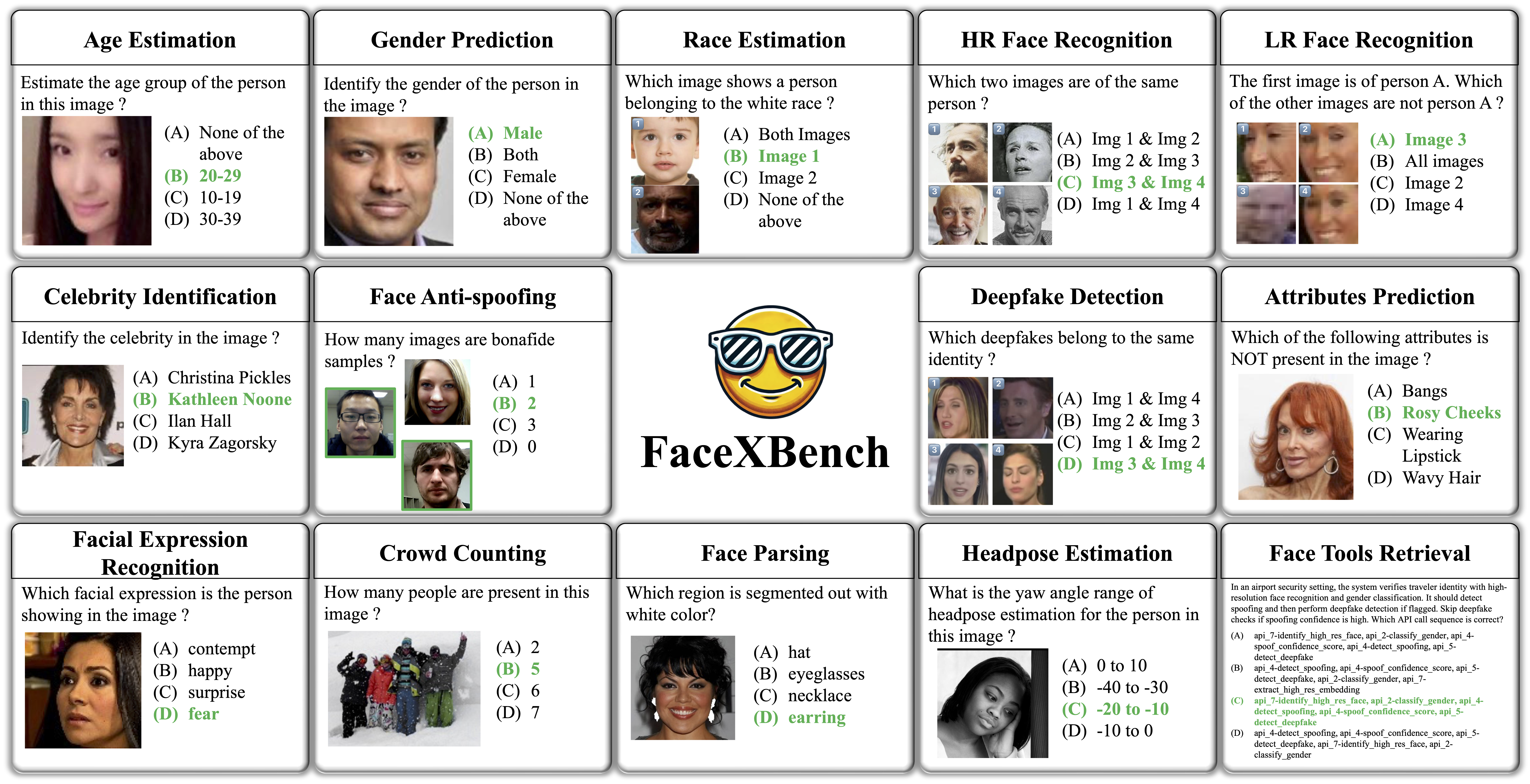
|
Kartik Narayan, Vibashan VS, Vishal M. Patel Under Review arXiv / project / code |
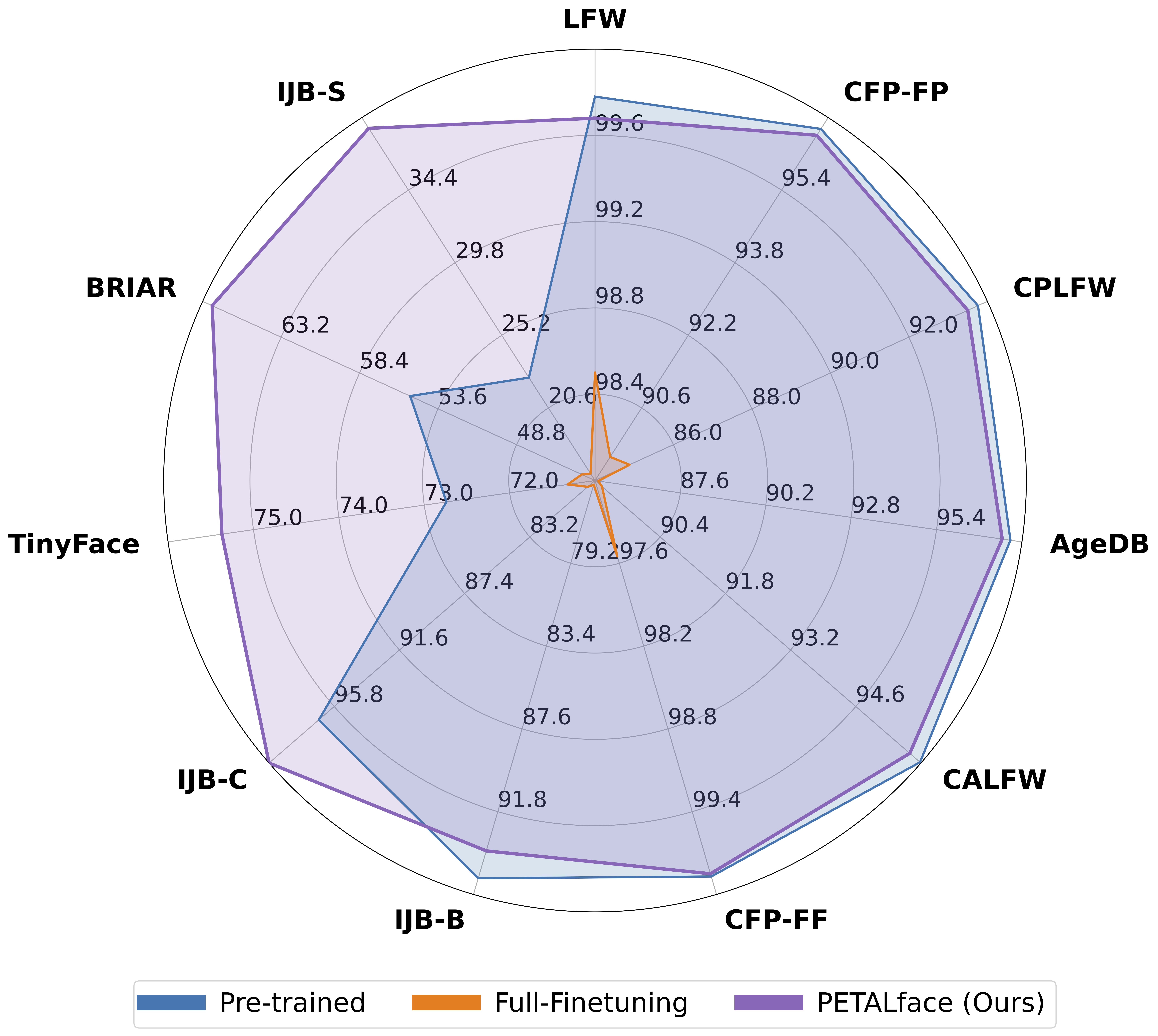
|
Kartik Narayan, Nithin Gopalkrishnan Nair, Jennifer Xu, Rama Chellappa, Vishal M. Patel WACV 2025 (Oral) arXiv / project / code |
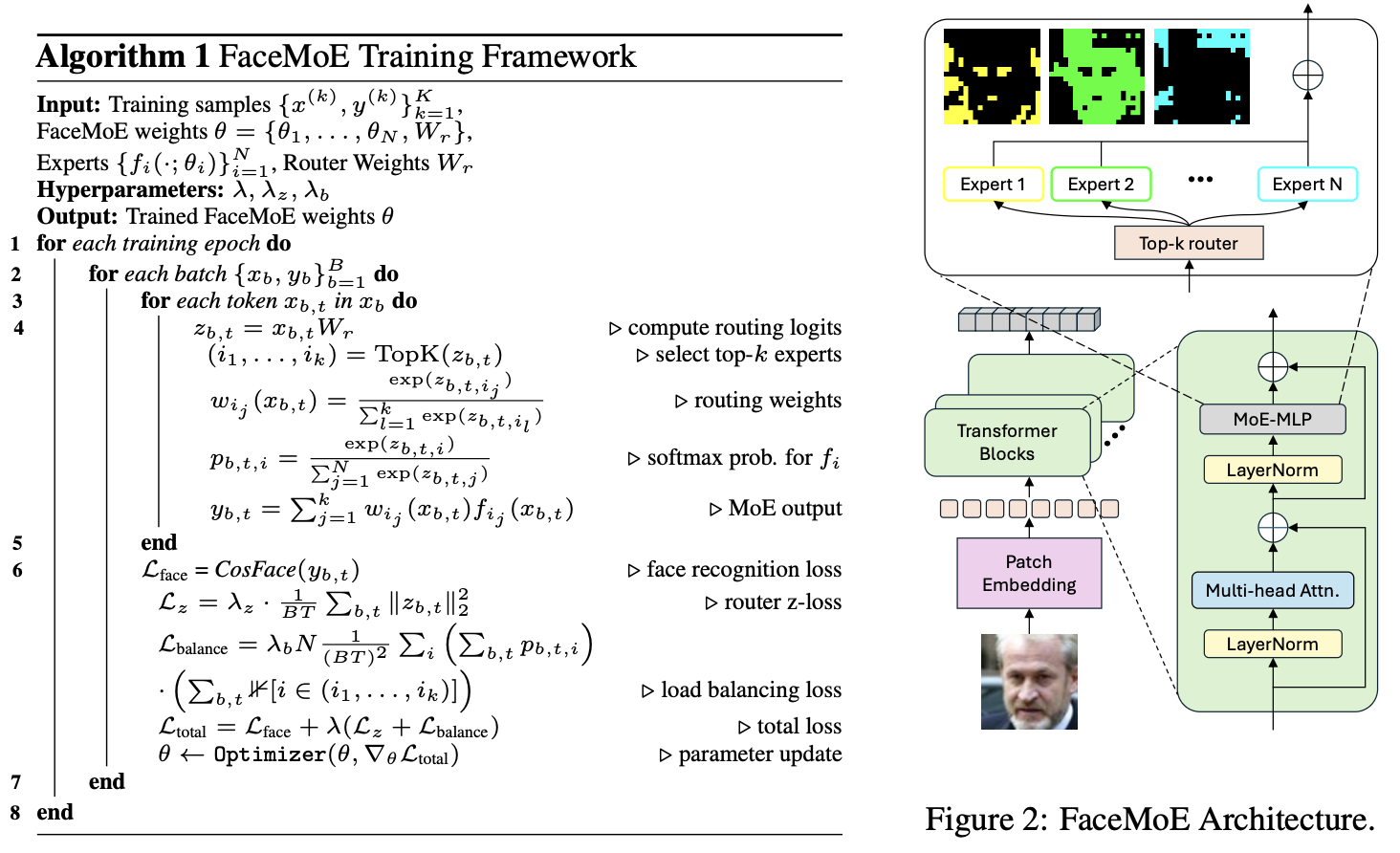
|
Kartik Narayan, Vishal M. Patel Under Review paper |
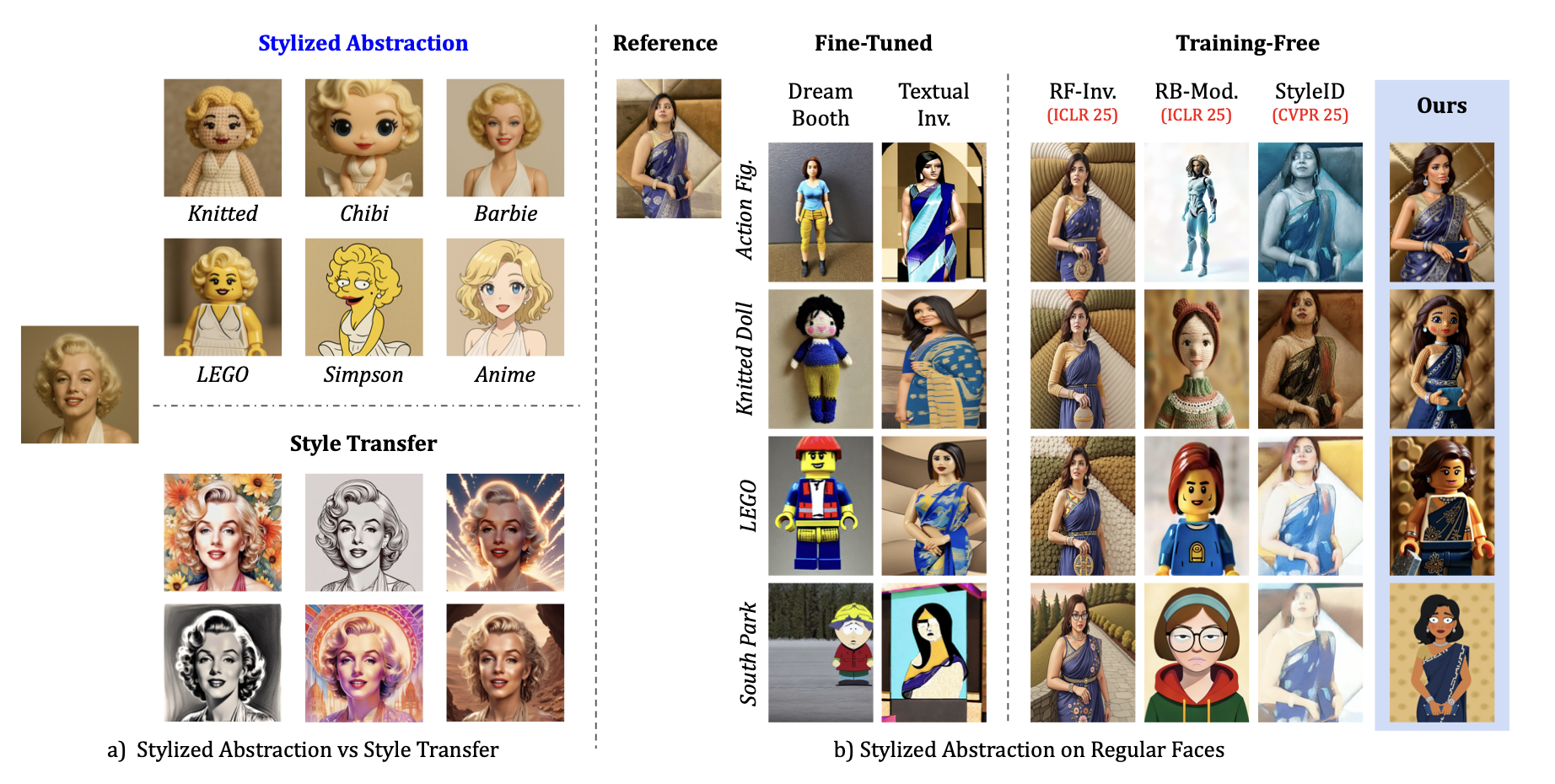
|
Aiman Rahman*, Kartik Narayan*, Vishal M. Patel Under Review arXiv / project / code |
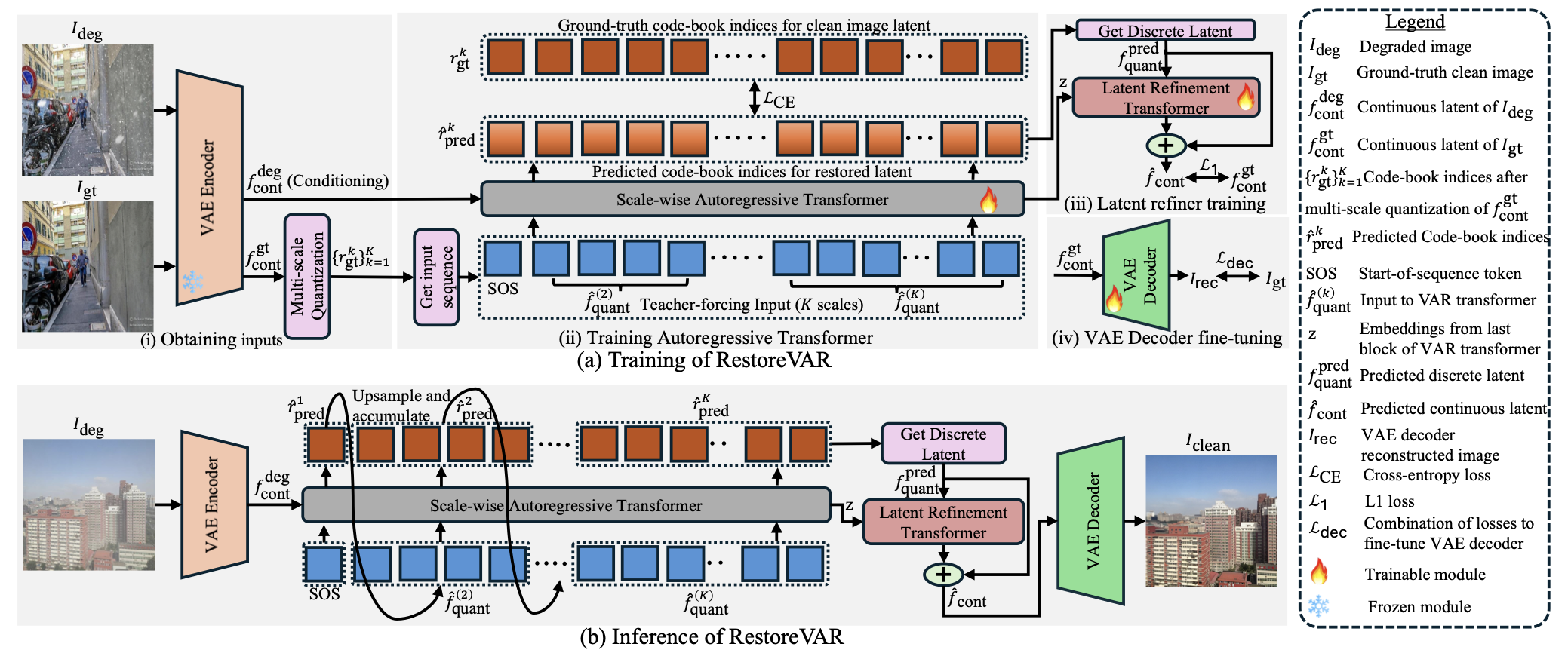
|
Sudarshan Rajagoplan, Kartik Narayan, Vishal M. Patel Under Review arXiv / project / code |

|
Dhananjaya Jayasundara, Kartik Narayan, Vishal M. Patel Under Review paper |

|
Malsha Perera*, Kartik Narayan*, Vishal M. Patel IEEE International Conference on Automatic Face and Gesture Recognition (FG) 2025 paper |

|
Nithin Gopalkrishnan Nair*, Kartik Narayan*, Maitreya Suin, Ram Prabhakar, Jennifer Xu, Soraya Stevens, Joshua Gleason, Nathan Shnidman, Rama Chellappa, Vishal M. Patel IEEE International Conference on Automatic Face and Gesture Recognition (FG) 2025 paper |

|
Kartik Narayan, Vishal M. Patel IEEE International Conference on Automatic Face and Gesture Recognition (FG) 2024 paper / project / code |
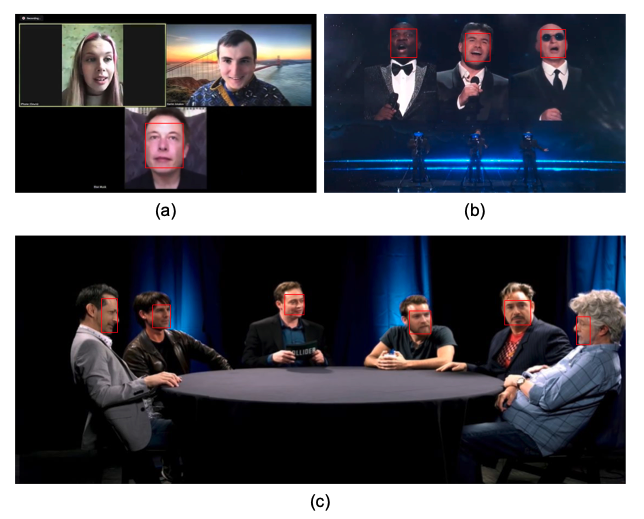
|
Kartik Narayan, Harsh Agarwal, Kartik Thakral, Surbhi Mittal, Mayank Vatsa, Richa Singh CVPR 2023 paper / poster |

|
Kartik Thakral, Harsh Agarwal, Kartik Narayan, Surbhi Mittal, Mayank Vatsa, Richa Singh IEEE Transactions on Biometrics, Behavior, and Identity Science (T-BIOM) paper |
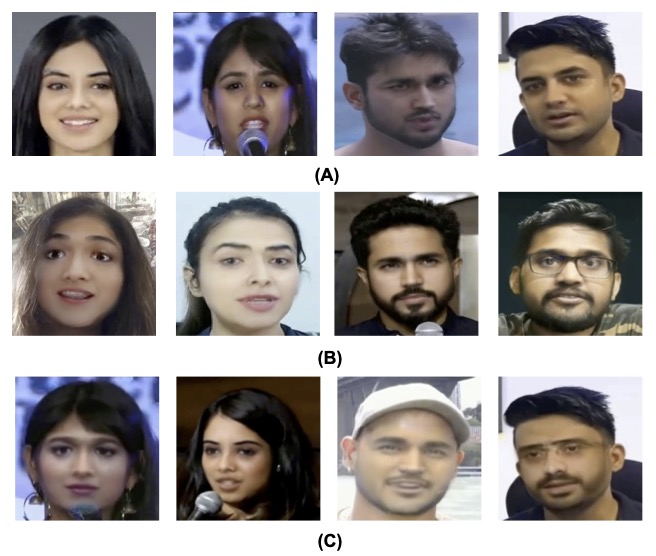
|
Kartik Narayan, Harsh Agarwal, Kartik Thakral, Surbhi Mittal, Mayank Vatsa, Richa Singh International Joint Conference on Biometrics (IJCB) 2022 (Oral) paper |
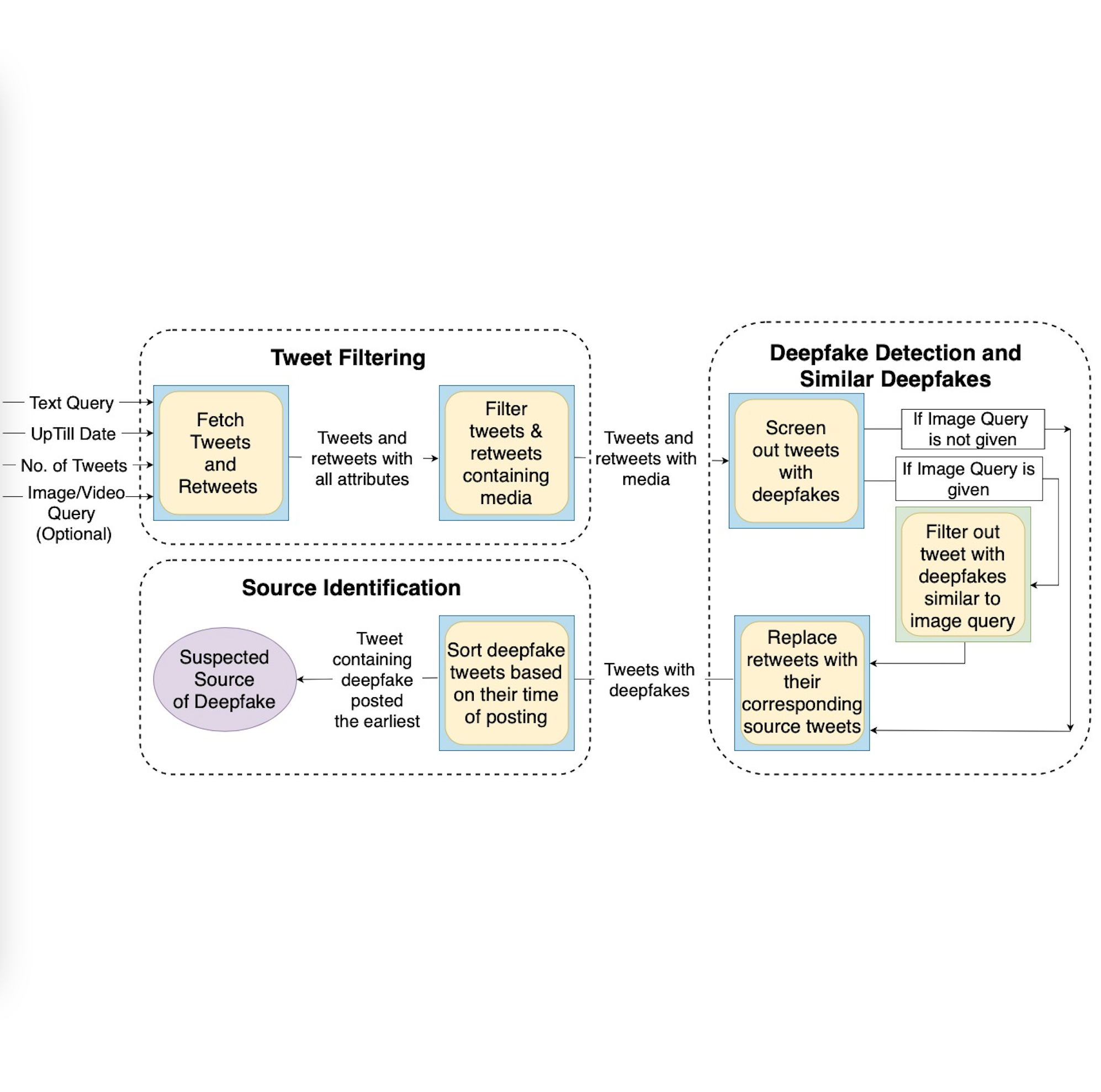
|
Kartik Narayan, Harsh Agarwal, Surbhi Mittal, Kartik Thakral, Suman Kundu, Mayank Vatsa, Richa Singh CVPR Workshops 2022 paper |
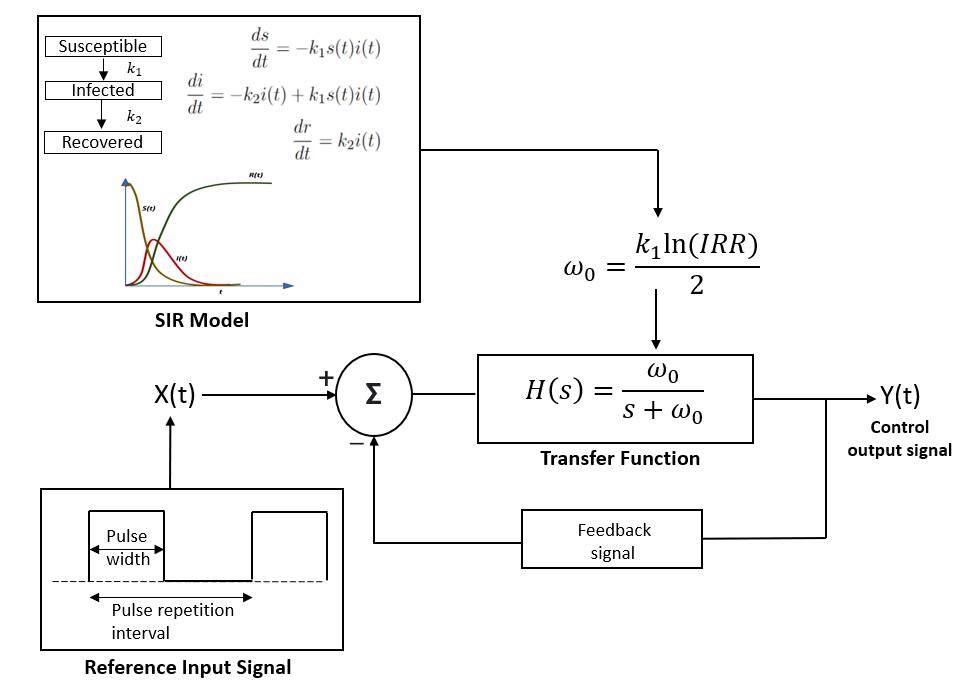
|
Kartik Narayan, Heena Rathore, Faycal Znidi IEEE Access 2022 paper / code |
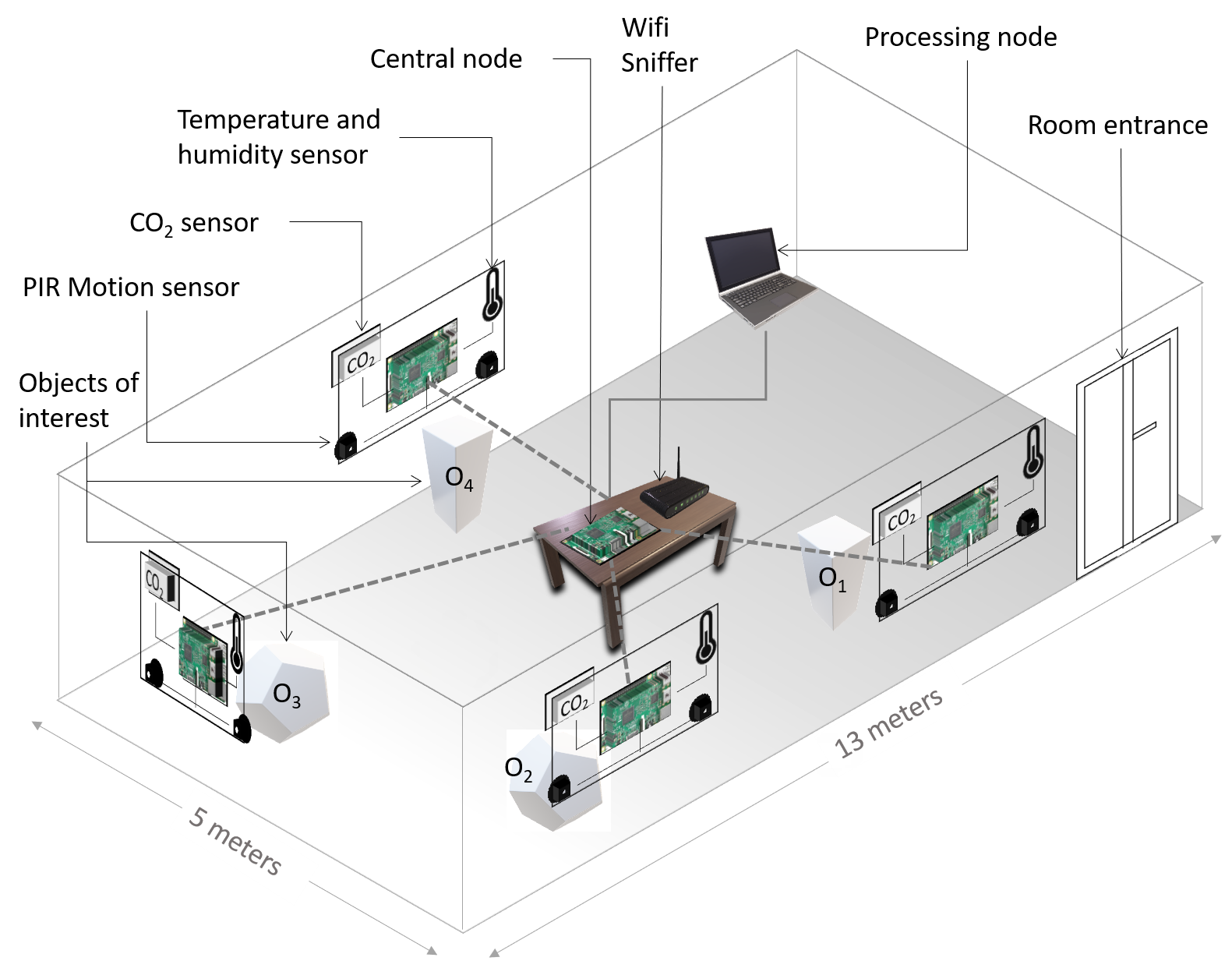
|
Anirban Das, Kartik Narayan, Suchetana Chakraborty IEEE Systems Conference (SysCon) 2022 paper |
|
Template credits. Last updated June 2025. |